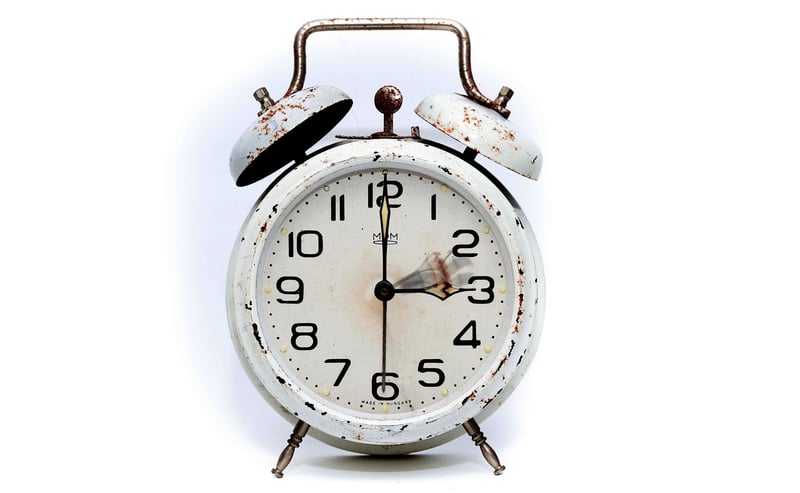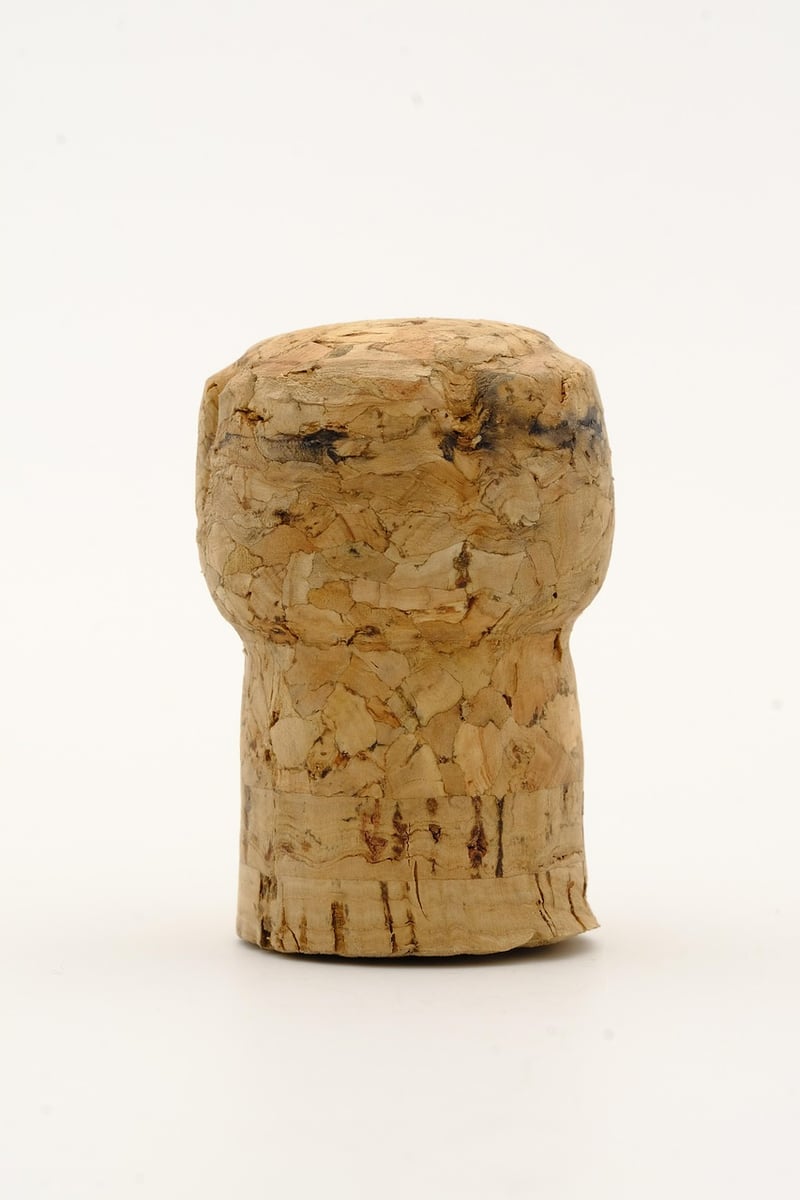Timey-Wimey Stuff
Rules of Time Manipulation and Timey-Wimey Stuff
Understanding the Concept of Time Manipulation
Time manipulation refers to the ability to control, accelerate, slow down, or even travel through time. This concept has been a popular theme in science fiction, with characters possessing extraordinary abilities to alter the course of events by manipulating time itself.
Rules of Time Manipulation
While the rules of time manipulation can vary depending on the story or universe, there are some common principles that often apply:
- Consequences of altering the past: Changing events in the past can have ripple effects on the present and future, leading to unintended consequences.
- Fixed points in time: Some events are considered fixed points that cannot be changed without dire consequences.
- Paradoxes: Time travel can introduce paradoxes such as the grandfather paradox or bootstrap paradox, where actions in the past affect the future in unexpected ways.
- Time loops: Characters may find themselves trapped in time loops, repeating the same events over and over again.
Timey-Wimey Stuff
The term "timey-wimey" was popularized by the TV show Doctor Who to describe the complex and non-linear nature of time travel. It refers to the idea that time is not a simple, linear progression but a web of interconnected events that can be influenced by external factors.
Key Concepts of Timey-Wimey Stuff
- Timey-wimey ball: A metaphorical representation of the complex and unpredictable nature of time travel.
- Timey-wimey detector: A fictional device used to navigate through the intricacies of time manipulation.
- Timey-wimey resolution: The act of resolving paradoxes or inconsistencies in the timeline to restore order.
Conclusion
Whether you're a fan of time travel stories or simply intrigued by the concept of manipulating time, understanding the rules of time manipulation and the timey-wimey stuff can add depth to your appreciation of this fascinating narrative device.

 Learn more about timey-wimey adventures in Doctor Who
Learn more about timey-wimey adventures in Doctor Who
